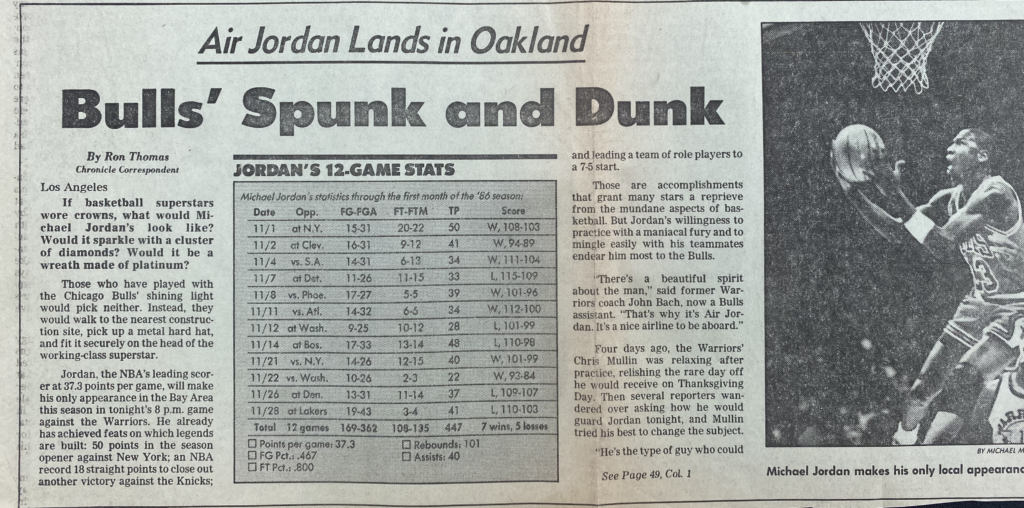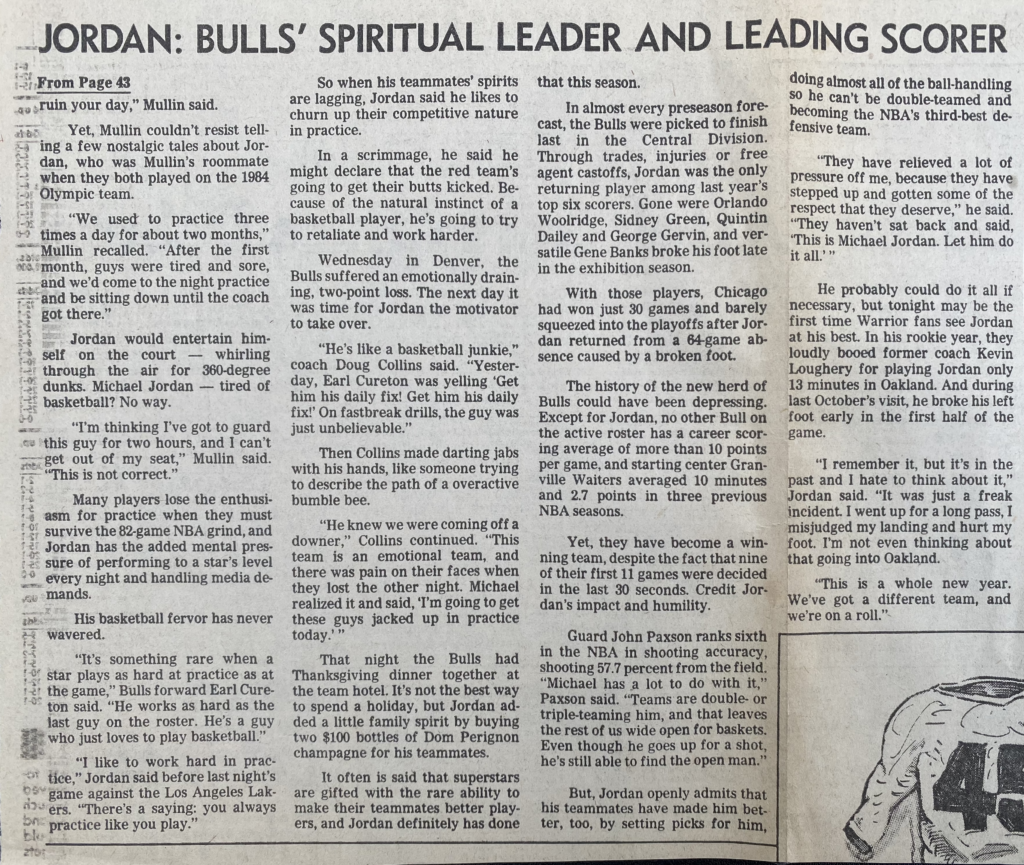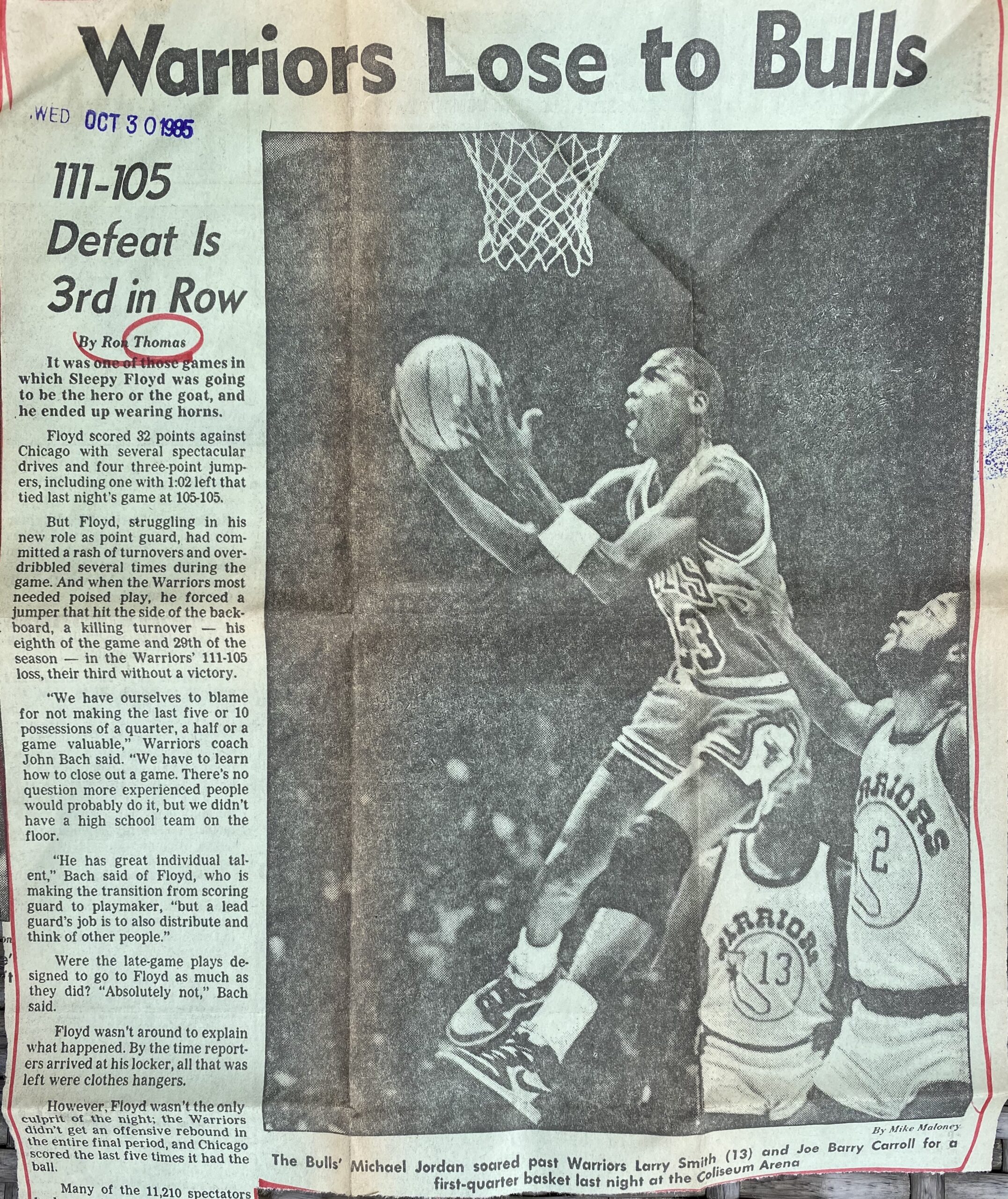Since NBA Commissioner Adam Silver suspended the NBA season on March 11 because of the coronavirus, hoops-starved fans have clung to ESPN’s “The Last Dance” documentary (has a film ever had a better timed release?), replays of memorable games, and endless roundtable discussions about sports’ unknown future while panelists practice social distancing.
It’s just not enough for desperate NBA junkies, so I offer to do my part to satisfy us. I received such a good response to my April 24th blog about Michael Jordan that I’ve decided to make it the first installment in a series of articles about the roots of pro basketball superstars’ exploits. They will be focused on NBA players who starred between 1976, the first season after the ABA-NBA merger, to 1995, when Hall of Famer Moses Malone retired as the last NBA player who had played in the ABA.
Why that span? Because there never was, and I believe never will be, a greater collection of pro basketball talent over a 20-year period. At a time when the struggling NBA couldn’t get the Finals shown on prime time TV, the merger added an influx of dominant, extremely creative players like Julius “Dr. J” Erving, George “The Iceman” Gervin, David “Skywalker” “Thompson and Larry “Special K” Kenon who arrived playing at or near their peak. Add Jordan, Magic Johnson, Larry Bird, Isaiah Thomas, Kevin McHale and other future stars who joined the NBA through the normal draft, and you have an incomparable harvest of talent.
Superstar Profiles to Come
During the next two months, I’ll post profiles I wrote for the San Francisco Chronicle and USA Today about different types of roots of the NBA’s phenomenal dunkers, Magic, Bird, Dr. J, Kareem Abdul-Jabbar, Michael Ray Richardson, and a historical piece about the beginning of women’s basketball. With that hoops nourishment, I hope we can maintain our sanity through June 21st, when Game 7 of the NBA Finals could have been played.
The roots of today’s article: During Michael Jordan’s first two NBA seasons, Oakland had a hex on him even though the Bulls played there only once per season. In 1984, head coach Kevin Loughery limited Jordan to only 13 minutes against Golden State. In 1985, he broke his foot on a fluke play and missed 64 games. But on Nov. 29, 1986, he returned to Oakland at full throttle, averaging 37 ppg. before punishing the Warriors for 40 more. Before that evening, the Chronicle flew me to Los Angeles to interview Jordan and teammates about his blue-collar, hard-hat work ethic that returned him to prominence, never to be grounded by injury again.
Coming Next: The NBA’s Skywalkers – Julius Erving, Dominique Wilkins, James Worthy, Michael Jordan on how they fly so high



